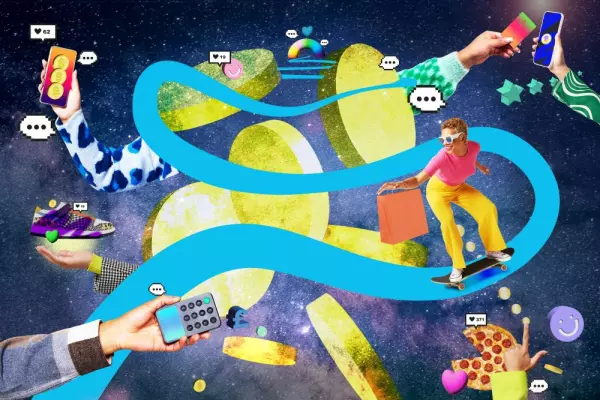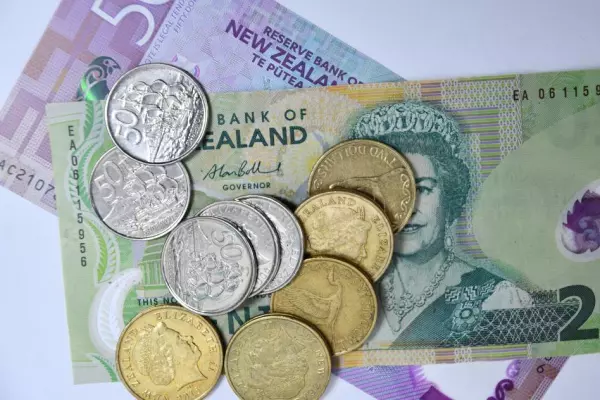By Slavea Chankova
I first heard about personalised nutrition the way many journalists stumble on a new story – while reporting on something else.
I thought it was an intriguing concept: a bespoke dietary plan determined by your own unique biology.
It had already been clear for some time that some people’s bodies are better than average at processing carbohydrates in a way that keeps them healthy.
Others are better at processing fats. Foods that are good for you, in other words, can easily be a fast-track path to metabolic disease like diabetes for someone else.
This is why diets that prescribe cutting out entire food groups across the board simply don’t work for most people.
When I began to look closely into the science behind personalised nutrition and the technology that is putting it to use, I thought I ought to try it.
The plan I tried here in the US is from a company called Zoe, but there are many similar products on offer in America, Europe and even India.
Zoe sent me a box with kits to collect blood and poo samples for testing, and a bunch of “scientific muffins”.
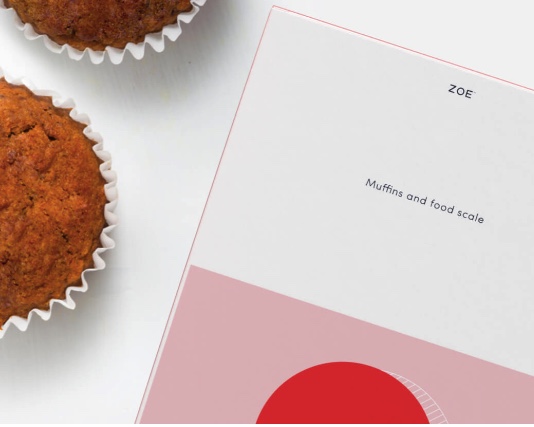
These muffins (above) are formulated with precise amounts of protein, fat and carbs and I had to eat them for breakfast and then again for lunch, before taking a pin-prick blood sample.
Now, I do enjoy a good muffin. But I wouldn’t have eaten five of them in less than a day had it not been for science.
Those who opt in to Zoe’s research study (I didn’t) are also given a continuous glucose monitor to attach to their upper arms, which allows them to track the levels of blood sugar in their bodies in real time.
The poo sample was analysed in a laboratory to determine the composition of my microbiome, the trillions of bacteria in my gut whose job is to unpack food into nutrients that my body can absorb and use.
The more diverse your microbiome bugs are, the better. I scored better than average, which was not a surprise – I’m mostly vegetarian, and plant-based foods are good for the microbiome.
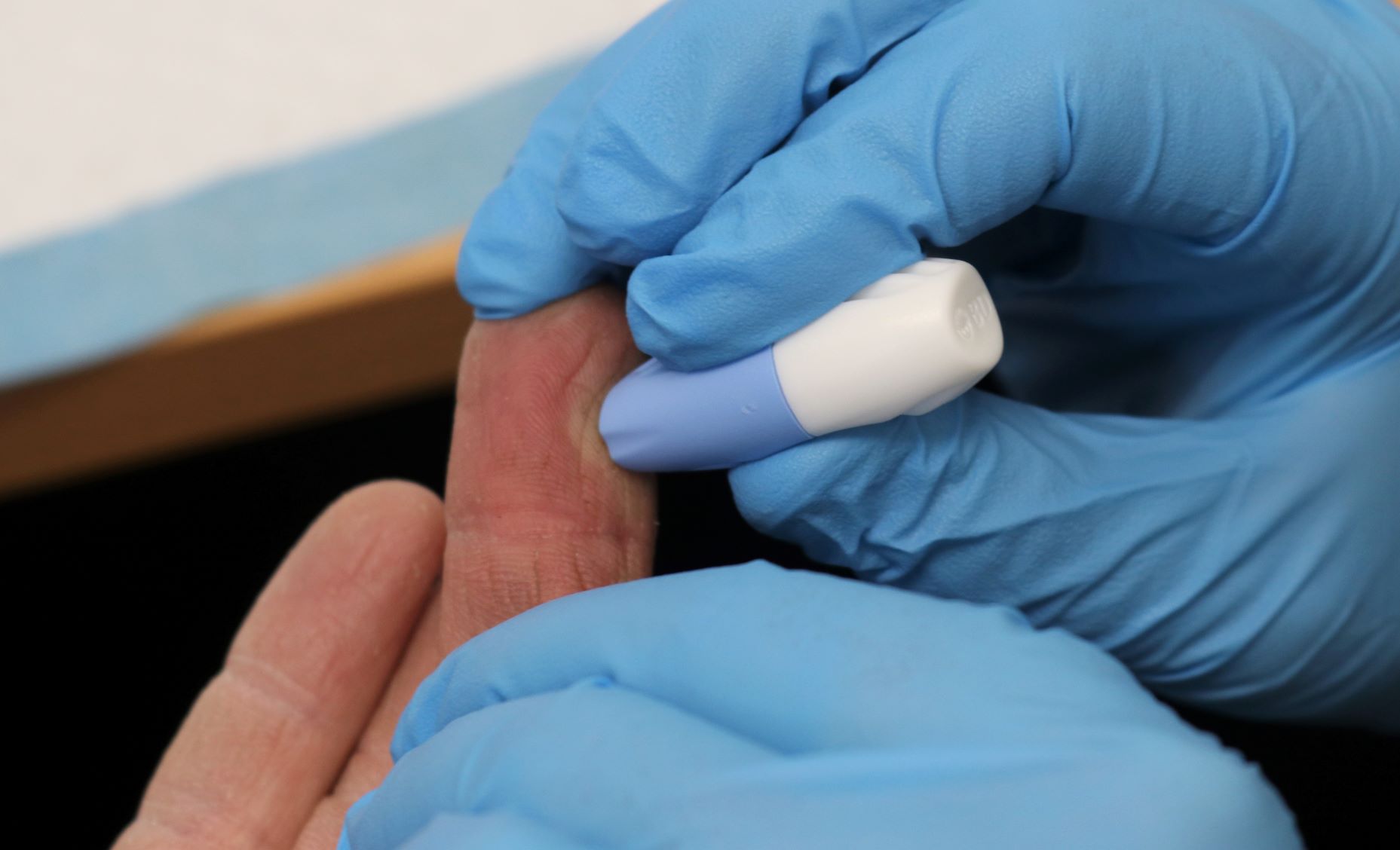 The finger-prick test shows the amount of fat and sugar lingering in the blood. (Image: NZME)
The finger-prick test shows the amount of fat and sugar lingering in the blood. (Image: NZME) The pin-prick blood sample is not for the squeamish – I barely managed it – and showed that my body’s response to fat and sugar was also better than average. But there is always room for improvement, and that is where the food recommendations came in.
The Zoe app gave me personal scores on individual foods and meals.
The scores were based on its prediction of how various foods affect my microbiome and the amounts of fat and sugar that linger in my blood.
 Vegetables – whether grown at home or bought in a shop – are an excellent source of nutrition. (Image: NZME)
Vegetables – whether grown at home or bought in a shop – are an excellent source of nutrition. (Image: NZME)Unsurprisingly, vegetables scored the highest and processed meat the lowest. New for me was the ranking of various grains, fruits and vegetables.
Green peas are rated at 100, tomatoes at 79, beets at 56 and sweet potatoes, sadly, at only 40. Anything scoring less than 50 is a food you should eat sparingly.
The most useful part was working out how to combine foods to make a meal score higher. Adding nut butter to my breakfast oats not only raised my score but kept me fuller for much longer.
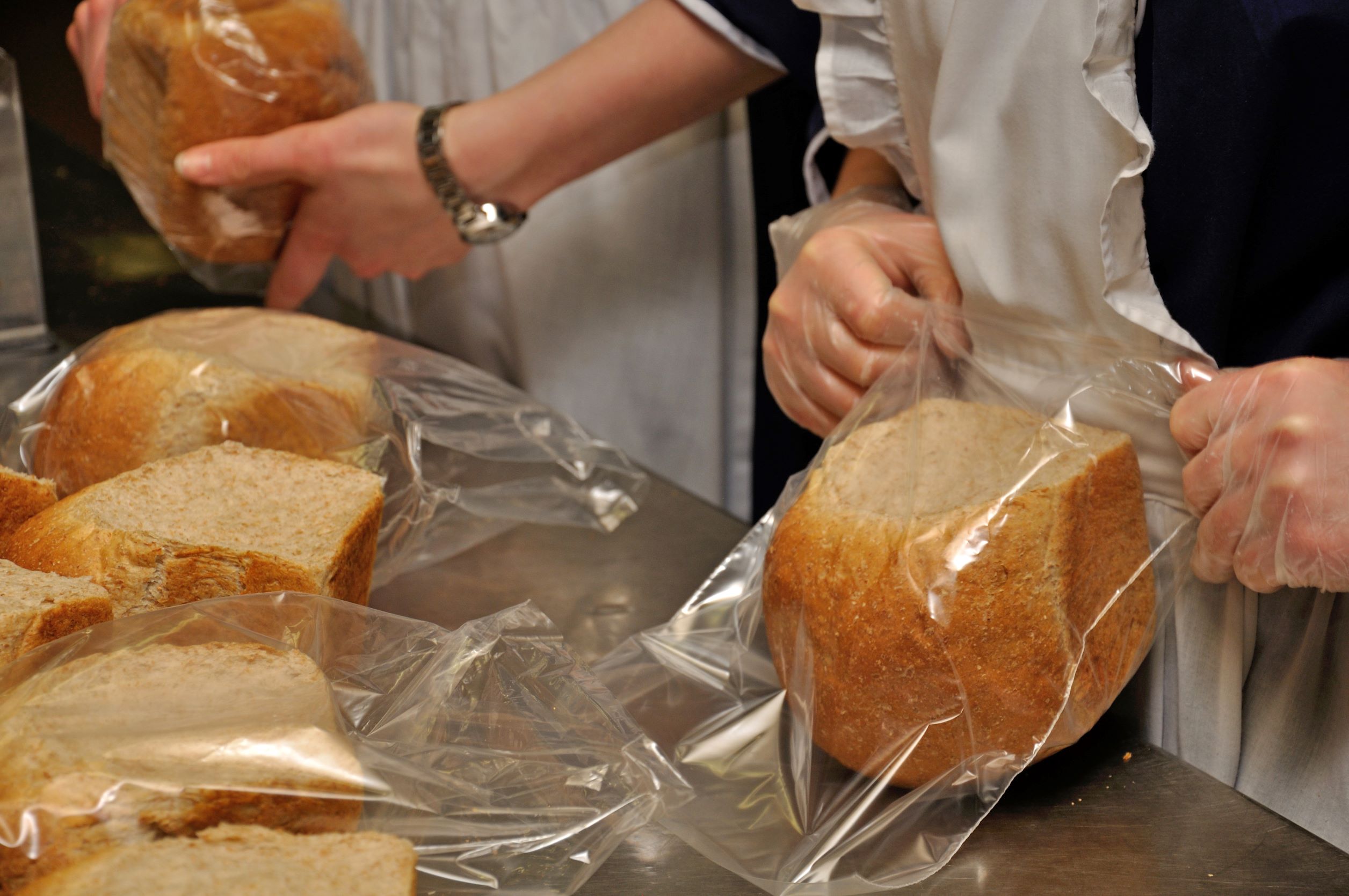 Bread is a high-score breakfast if topped with avocado and tomato. (Image: NZME)
Bread is a high-score breakfast if topped with avocado and tomato. (Image: NZME)Bread seems to be bad for me but if I top it with avocado and slices of tomato, it becomes a high-score breakfast.
Using an app like this does require some work, which will be familiar to users of calorie-counting apps that require you to log everything you eat, down to the last ingredient.
But with Zoe I quickly learned the basics on what sorts of foods to combine to make meals more satiating and to get more energy from my diet.
The advice on practical things that make meal planning less of a chore was particularly helpful – small food-storage containers, for example, turn out to be a gamechanger.
Personalised nutrition is still a niche within health tech. But it has an appeal as a cost-effective intervention that could improve all sorts of health outcomes.
So, big health insurers might start to pay for it if studies show that it works (some are already under way).
Like other tech, it will not be to everyone’s taste. Older people who are less comfortable with tech may struggle with the apps.
But I’m excited about the promise of this technology to change the way many people eat, in useful and lasting ways.
© 2022 The Economist Newspaper Limited. All rights reserved.
From Economist.com, published under licence.
The original article can be found on www.economist.com.






